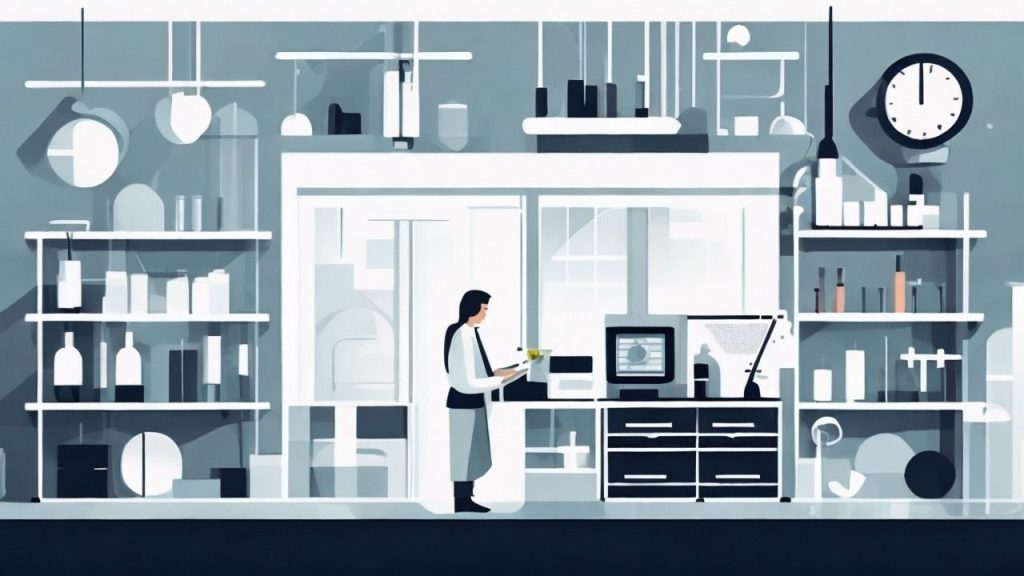Carcinogens in vehicles:
With the improved economic situation of many people in China, buying a small car for convenience and enjoyment has become a hotspot in urban areas. However, the air pollution problem in new vehicles is worth noting for new car buyers.

According to the “First Investigation on Car Interior Pollution in China” published in the “China Health News” in recent years, among the 1175 vehicles investigated, 93.8% of the surveyed vehicles had varying degrees of interior pollution. Among the newly purchased vehicles surveyed, 23.4% had excessive formaldehyde concentrations, 75.1% had excessive benzene concentrations, and 81.6% had excessive toluene concentrations. This result is concerning. Testing vehicles purchased between 1994 and 2002, it was found that old vehicle interior pollution is also relatively common, but with lower pollutant concentrations.
In 2004, the Zhengzhou Occupational Disease Prevention and Control Institute in Henan Province, China, monitored the indoor air pollution of 50 new cars purchased within half a year. The indoor temperature ranged from 22 to 28 degrees Celsius (centigrade), and the relative humidity was 52% to 70%. After 20 minutes of sealed cabin, 99% of the cars had excessive formaldehyde concentrations, with the highest exceeding the national standard by 9 times.
Forty percent of the cars had excessive benzene concentrations, with the highest exceeding the standard by 13 times. Carbon dioxide concentrations exceeded the standard by 7 to 12 times. According to the national indoor air quality standard, the maximum limit for formaldehyde is 0.08 mg per cubic meter, 0.11 mg for benzene, and 0.10% for carbon dioxide in the air.
The main sources of indoor pollution in vehicles (carcinogens in vehicles):
- Many vehicles go straight from the production line to the market, and the harmful gases from various components and materials have not yet been released. Plastic parts, carpets, roof curtains, rubber, leather, and paint installed in the vehicle do not meet environmental requirements and directly cause air pollution inside the car.
- Decorations inside the car, such as floor mats, seat cushions, adhesives, and other decorative materials, release pollutants such as cascophen and benzene. At the same time, due to the small space inside the car and the good sealing performance, polluted air is easily harmful to humans.
In 1969, the International Cancer Research Center announced that benzene is a carcinogenic chemical substance for humans. Excessive exposure or long-term contact may lead to cancers such as leukemia. Formaldehyde is a highly irritating gas that weakens the human immune system and affects genetic material. Exposure to a certain amount may cause nasal, throat, and lung cancers. Pollutants such as carbon dioxide, ammonia, and bacteria in vehicles also have adverse effects on human health.
Owners are reminded to pay attention to ventilation during the first half of new car use, not to decorate the interior randomly, and to use air fresheners and purifiers containing chemical synthesizers cautiously. Car manufacturers are urged to improve processes, select high-quality materials, and minimize pollution as much as possible.
Mitigate the hazards of carcinogens in vehicles
To mitigate the hazards of carcinogens in cars, such as those from exhaust fumes and interior decorations, several strategies can be employed:
- Regular Vehicle Maintenance: Ensure your car is well-maintained to reduce emissions. This includes regular tune-ups, oil changes, and the use of high-quality fuel.
- Use of Catalytic Converters: Ensure your vehicle is equipped with a functioning catalytic converter, which helps reduce the amount of harmful gases released into the atmosphere.
- Alternative Fuels and Electric Vehicles: Consider switching to vehicles that run on alternative fuels like natural gas or electricity, which produce fewer carcinogens.
- Proper Ventilation: When parked in an enclosed space, such as a garage, make sure the garage is well-ventilated to prevent the buildup of exhaust fumes.
- Air Filtration Systems: Install high-efficiency particulate air (HEPA) filters in your car to trap and remove harmful particles from the air inside the vehicle.
- Use of Non-Toxic Materials: Choose cars with interior materials that are certified as low in volatile organic compounds (VOCs) and other harmful chemicals.
- Regular Cleaning: Keep the interior of your car clean to reduce the accumulation of dust and potentially harmful substances.
- Avoid Idling: Minimize idling your car, especially in enclosed spaces, as this increases the release of exhaust fumes.
By implementing these measures, you can significantly reduce the exposure to carcinogens from both the car’s exhaust and interior components.

